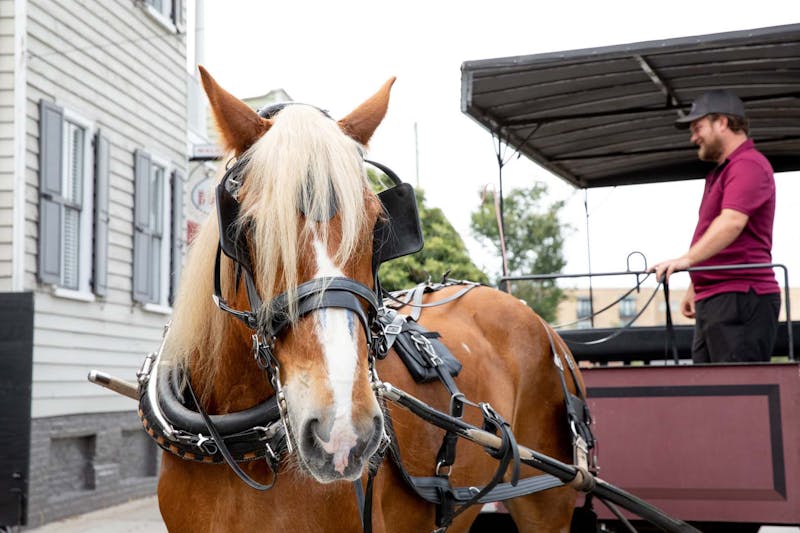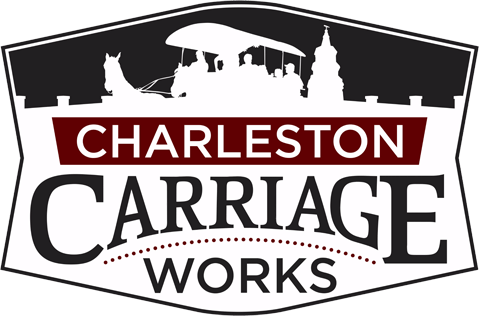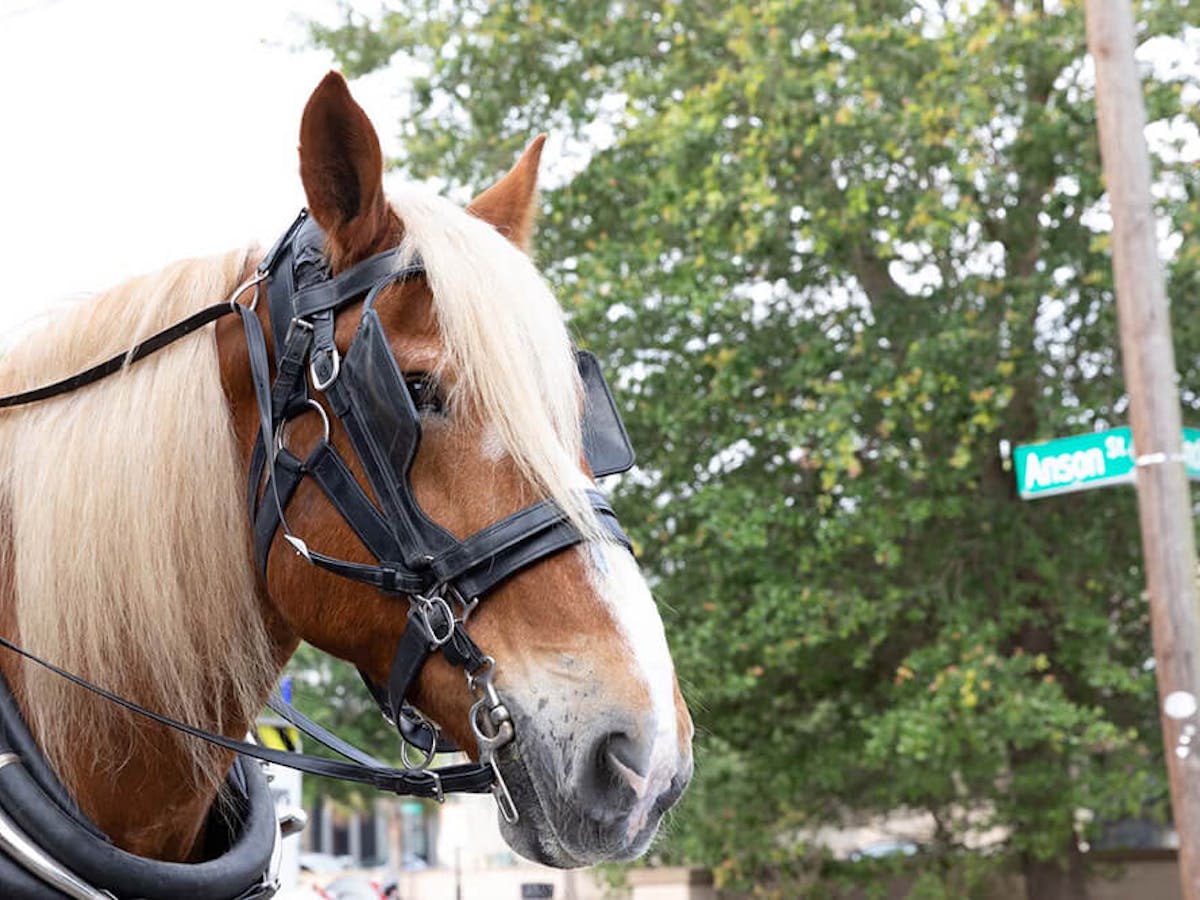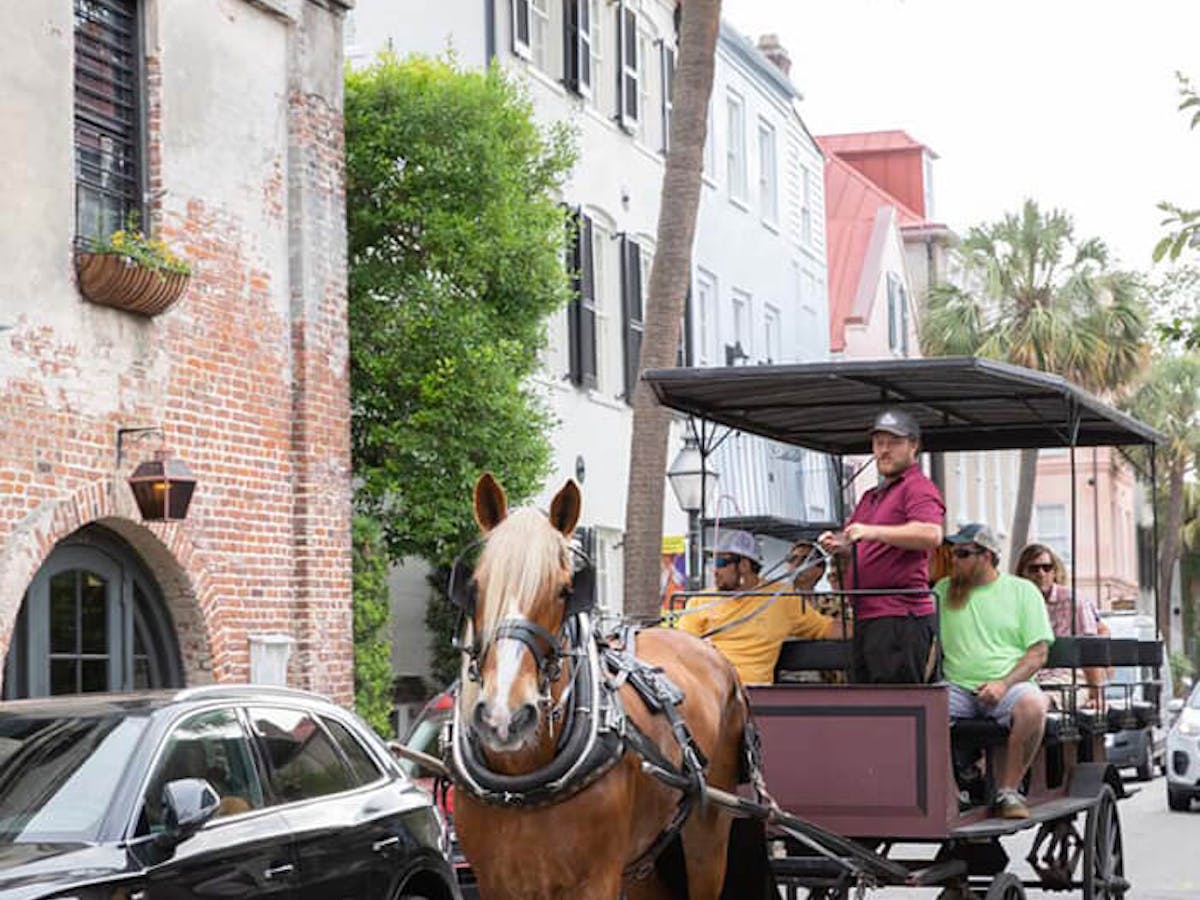THE BEST WAY TO SEE CHARLESTON.
Historic Charleston Carriage Tours
See Downtown’s breathtaking sights on a 1-hour, fully-narrated tour with one of the best Charleston carriage tour companies!

THE BEST WAY TO SEE CHARLESTON.
Historic Charleston Carriage Tours
See Downtown’s breathtaking sights on a 1-hour, fully-narrated tour with one of the best Charleston carriage tour companies!

EXPLORE THE DARK SIDE OF CHARLESTON
Evening Haunted History Carriage Tours
A family friendly tour, the perfect way to spend the evening with your family learning about the history and hauntings of Charleston.
EXPLORE THE DARK SIDE OF CHARLESTON
Evening Haunted History Carriage Tours
A family friendly tour, the perfect way to spend the evening with your family learning about the history and hauntings of Charleston.
Photo Gallery
We’ve collected some of our favorite pictures from around the City to give visitors a sense of Charleston’s beauty, splendor and colorful charm. If you snap any photos on one of our Charleston carriage tours, be sure to tag #CHSCARRIAGEWORKS for a chance to appear on this page!



































The Best Charleston, SC Carriage Tours Top Rated by Tripadvisor & Google
We are the premier company for unforgettable horse-drawn carriage rides in Charleston, SC. Immerse yourself in the captivating charm of historic Charleston as you embark on an extraordinary journey through its cobblestone streets, guided by our experienced and knowledgeable guides.
Did You Know?
The city’s motto translates to “She guards her buildings, customs and laws.“






Did You Know?
The city’s motto translates to “She guards her buildings, customs and laws.“
 |
 |
 |
 |
 |
 |




































